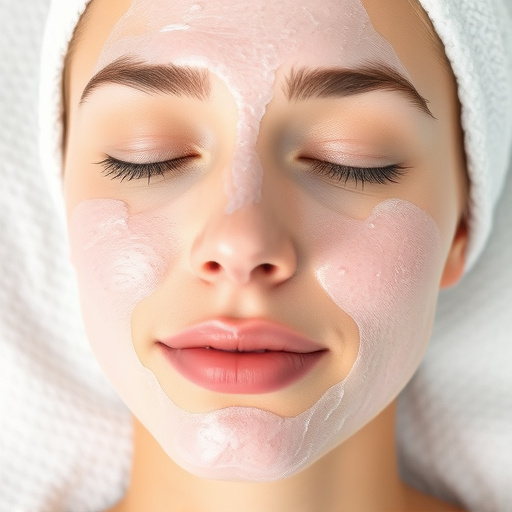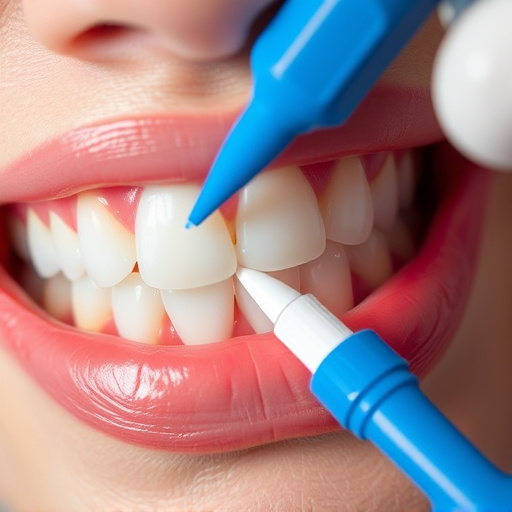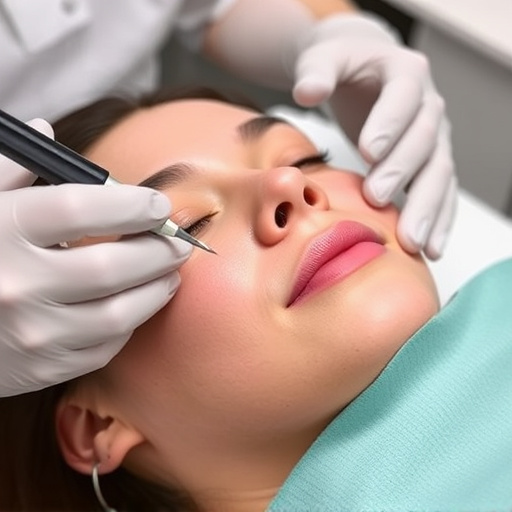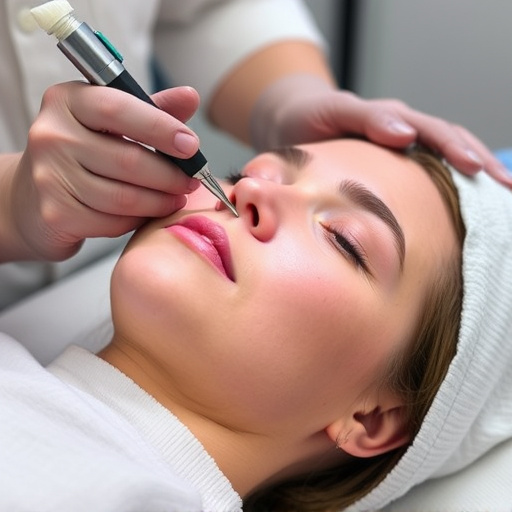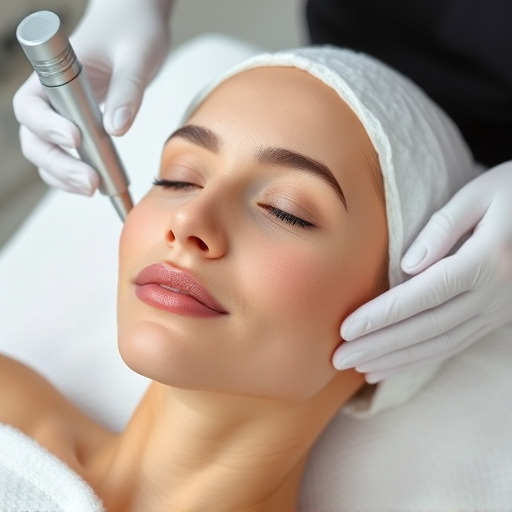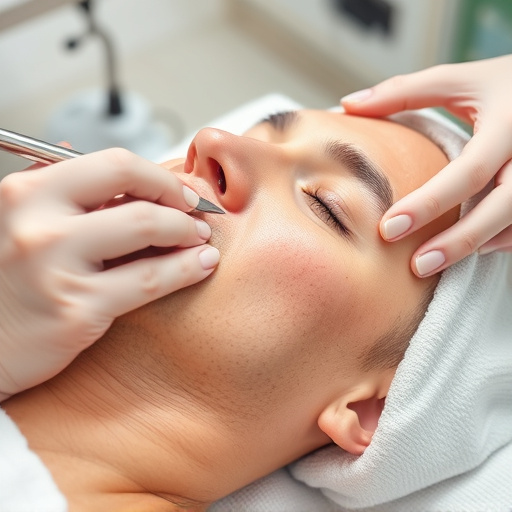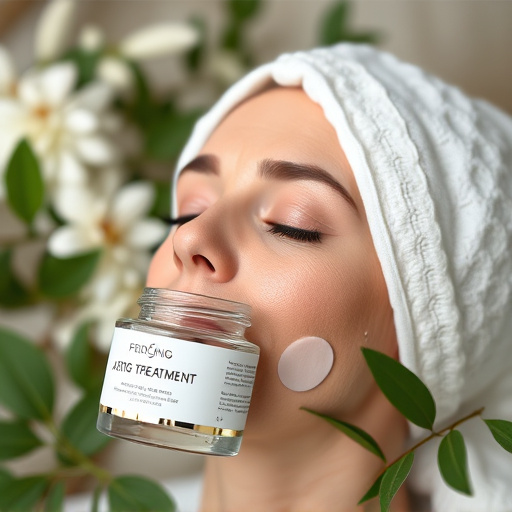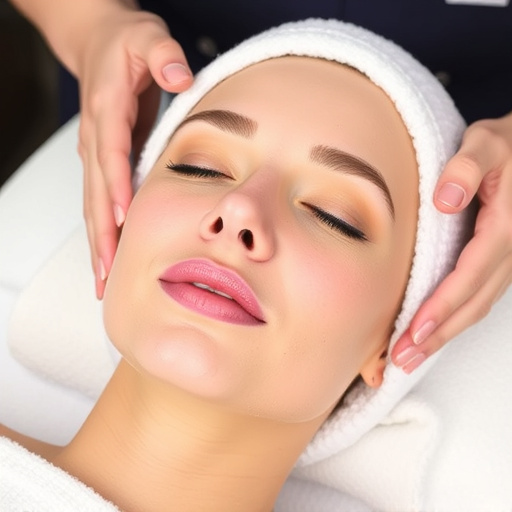Understanding your skin's pore health is key to deciding how often to get pore cleansing treatments. Frequency varies by skin type, with oily/combination needing every 4-6 weeks and normal/dry every 8-12. A dermatologist offers personalized advice for a skincare routine including pore cleansing and other services like acne treatments and laser hair removal. Consistency is crucial for clearer, healthier skin; over-cleansing risks dryness or irritation.
Are you curious about how often you should indulge in a pore cleansing treatment? This guide is your compass. We’ll explore the ins and outs of maintaining optimal pore health, demystifying the ideal frequency for treatments, and weighing the benefits against potential risks. Understand your skin’s unique needs and discover the key to a radiant complexion through regular, informed pore cleansing.
- Understanding Your Skin's Pore Health
- Determining the Frequency for Treatments
- Benefits and Potential Risks of Regular Cleansing
Understanding Your Skin's Pore Health

Understanding your skin’s pore health is a crucial step in determining how often to indulge in a pore cleansing treatment. Pores, though often a source of concern for many, serve as a natural part of our skin’s structure. They help regulate temperature and produce sebum, which keeps our skin moisturized. However, excess oil production, dead skin cells, and environmental pollutants can lead to clogged pores, resulting in acne and other skin issues. Regular pore cleansing treatments target these buildup, helping to unclog pores and prevent future problems.
The frequency of these treatments largely depends on your skin’s specific needs. Individuals with oily or combination skin may benefit from more frequent sessions—perhaps every 4-6 weeks—to maintain clean and clear pores. Those with normal or dry skin might only require a pore cleansing treatment every 8-12 weeks. Consulting with a dermatologist or a professional at a medical spa can offer tailored advice based on your skin’s condition, helping you establish an effective skincare regimen that includes regular but not excessive pore cleansing treatments. Consider it as part of your overall skin health strategy, alongside other medical spa services like acne treatments and laser hair removal, for a glowing, healthy complexion.
Determining the Frequency for Treatments

The frequency of your pore cleansing treatment largely depends on your skin’s condition and how well it responds to at-home care routines. While some people may need a thorough deep cleaning every few weeks, others might require more regular sessions. Start by assessing your skin’s needs; if you have a combination or oily skin, you may benefit from bi-weekly treatments to control excess oil and prevent clogging. Those with sensitive or dry skin could opt for monthly sessions to maintain balance without causing irritation.
Remember, consistency is key when it comes to non-surgical treatments like pore cleansing. Regular visits to your professional skincare specialist at a medical spa service can help identify any emerging issues early on, allowing for quicker and more effective solutions. With the right frequency, you’ll achieve clearer, healthier skin while also saving time and money in the long run.
Benefits and Potential Risks of Regular Cleansing

Regular pore cleansing treatments offer a multitude of benefits for skin health and appearance. By removing excess oil, dead skin cells, and impurities from pores, these treatments can help prevent acne, minimize the appearance of enlarged pores, and promote a more even skin tone. Additionally, proper pore cleansing enhances the effectiveness of other skincare routines by ensuring that products are able to penetrate the skin more easily. This, in turn, can lead to improved overall skin health and a radiant complexion.
However, as with any procedure, there are potential risks associated with regular pore cleansing. Over-cleansing or using harsh methods can strip away the skin’s natural oils, leading to dryness, irritation, and even more clogged pores. Chemical peels, for instance, can be effective but may cause sensitivity or damage if not applied correctly. To mitigate these risks, it’s crucial to adopt a personalized skincare approach, consulting with professionals to determine the best frequency and method for your specific skin type and needs. This ensures that you reap the benefits of pore cleansing while avoiding any adverse effects on your skin health.
Regular pore cleansing treatments can significantly improve skin health, but finding the right frequency is key. Depending on your skin’s natural tendency and how well it responds to treatments, you may need a personalized approach. Generally, every 4-6 weeks is a suitable interval for most individuals to maintain healthy pores. However, always consult a dermatologist to determine the optimal routine for your specific needs, balancing the benefits of deep cleansing with potential risks like skin irritation or over-drying.


